
In a presentation at the Nurse Practitioners in Women’s Health (NPWH) 25th Annual Conference, Katie Huffling DNP, RN, CNM, FAAN, explained how different cases of environmental exposure are impacting women’s health.

In a presentation at the Nurse Practitioners in Women’s Health (NPWH) 25th Annual Conference, Katie Huffling DNP, RN, CNM, FAAN, explained how different cases of environmental exposure are impacting women’s health.

In a recent presentation the NPWH 25th Annual Premier Women's Healthcare Conference, Jenny Madrid, MPH, RD, CDCES, BC-ADM, discussed medical nutrition therapy, a type of treatment plan for managing gestational diabetes by adjusting to an appropriate diet.

In a recent study, pediatric patients infected with COVID-19 were more likely to develop type 1 diabetes than those infected with other respiratory illnesses.

Ian McGovern, Epidemiologist, Senior Manager at CSL Seqirus, discusses new data on influenza gathered in a recent study, and how influenza rates are expecting to rise in the 2022 to 2023 flu season.

In a recent study, researchers found that respiratory illness rates fell when precautions against COVID-19 were in place.

Pfizer and BioNTech have applied to the FDA for Emergency Use Authorization of their Omicron BA.4/BA.5-adapted bivalent vaccine booster for use in pediatric patients aged 3 to 11 years.

In a recent report, the American Academy of Pediatrics discussed how influenza affects children and how it can be prevented.

AVROBIO’s AVR-RD-04 therapy has been granted rare pediatric disease designation to treat cystinosis in pediatric patients.
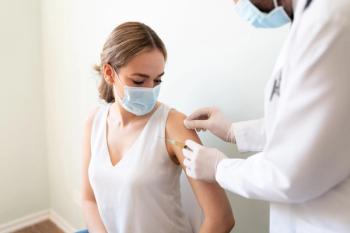
In a recent study, participants who had received a COVID-19 vaccine saw an average increase in menstrual cycle length of less than 1 day.

In a recent study, eviction was associated with poor health and development outcomes in infants and toddlers.

In a new statement, the American Academy of Pediatrics outlines the importance of immunization information systems.

In a recent report, the American Academy of Pediatrics offered updated guidance for treating and managing head lice.

In 2 recent phase 3 trials, safety and efficacy was proven in the use of roflumilast cream 0.3% for the treatment of plaque psoriasis.

Results of the TARGET trial provide insight into the effects of tight glycemic targets versus less tight targets on maternal and perinatal outcomes among women with gestational diabetes.

Children regularly engaged in physical activities had significantly better visual and stereoacuity than those who reported moderate, light or no activity.
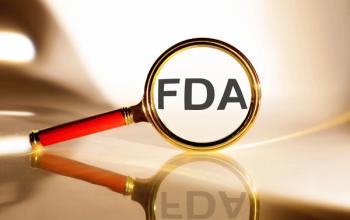
Sodium thiosulfate has been approved by the FDA to treat ototoxicity in pediatric patients with localized, non-metastatic solid tumors.
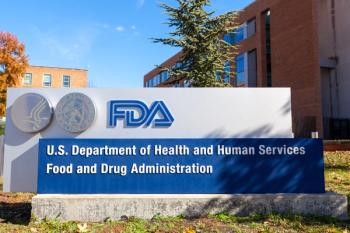
After promising outcomes in an ongoing phase 2 trial, the FDA has given Pfizer’s GBS6 vaccine Breakthrough Therapy Designation against Group B Streptococcus in infants.

In a recent review, children given interventions with focus on earlier bedtime led to a significant increase in sleep duration.
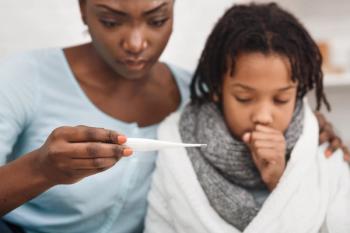
Hospitalized children treated with early oseltamivir (Tamiflu, Gilead Sciences) for influenza had a shorter stay and were less likely to be transferred to an intensive care unit or require other treatment.

Investigators found that women in states with child abuse or mandated reporting policies were less likely to visit prenatal care and postpartum health care.

Many children continue to use melatonin for years after being prescribed the medication, according to a recent study.

Bluebird bio has announced that their SKYSONA therapy has been approved for pediatric use by the FDA.
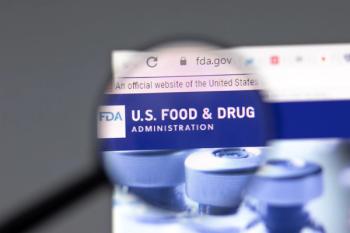
Medtronic has announced that their LINQ II system was given clearance for use in pediatric patients aged over 2 years by the FDA.

With instances of SBI lowering in children with sickle cell disease, authors of a recent study recommended continued management through empirical antibiotics.

In a recent study, it was found that access to contraceptive services declined during the COVID-19 pandemic.

A recent poll from CS Mott Children’s Hospital showed a large percentage of parents have noticed their children experience negative feelings toward their body image.

In a recent study, rate of ankle arthritis did not differ significantly between children with JIA and children without JIA.

The American Academy of Pediatrics intends on opening a center which will allow the organization to help youths navigate through social media, improving mental wellbeing and creating healthier social media use.


In a recent study, offspring delivered through cesarean section were more likely to develop Crohn's disease than those vaginally delivered.